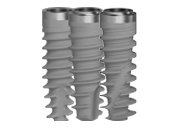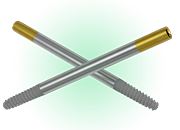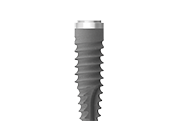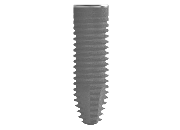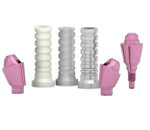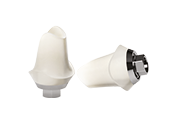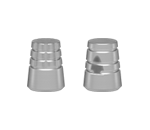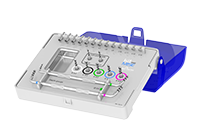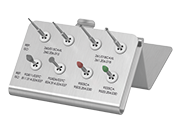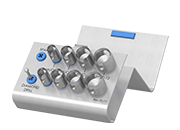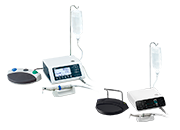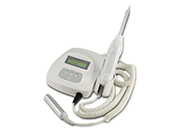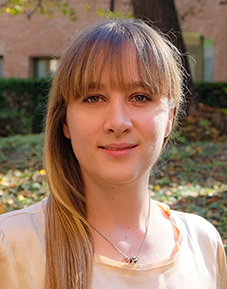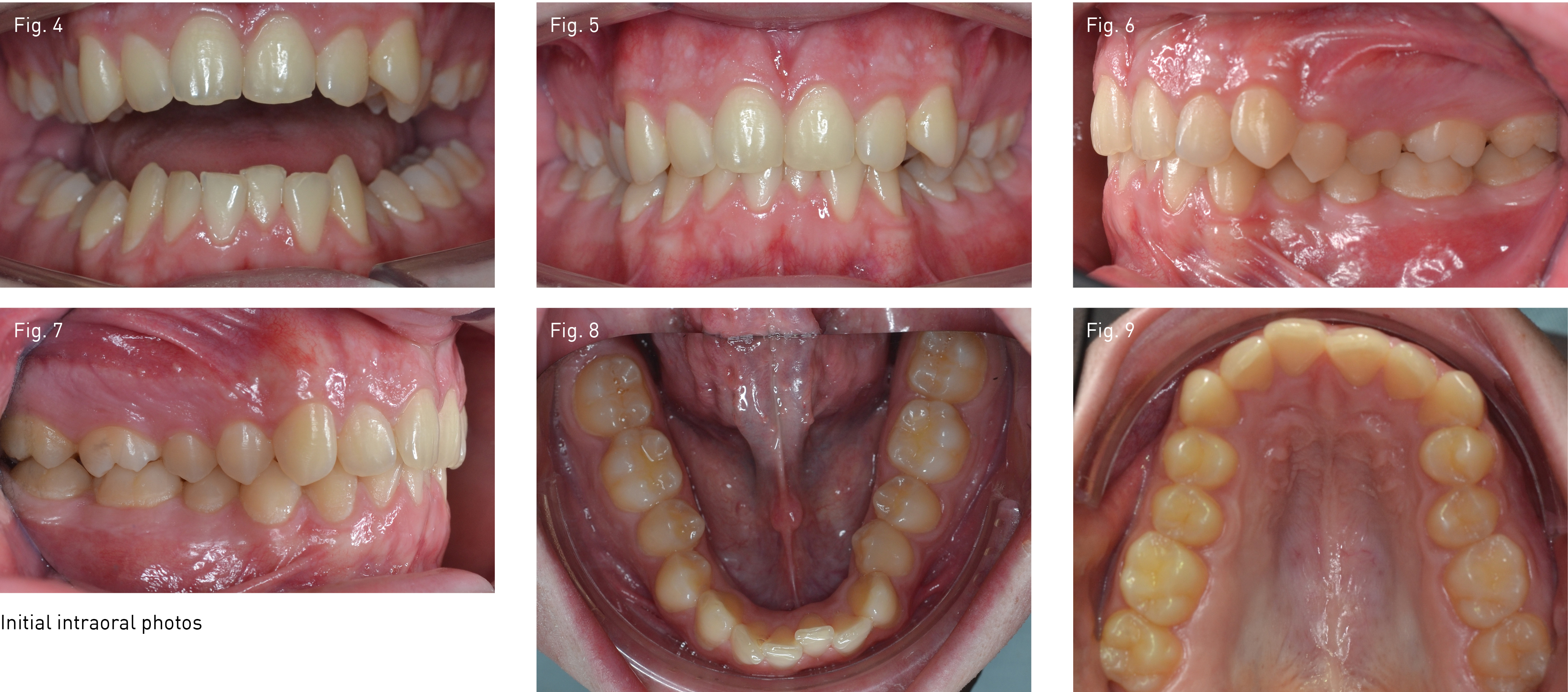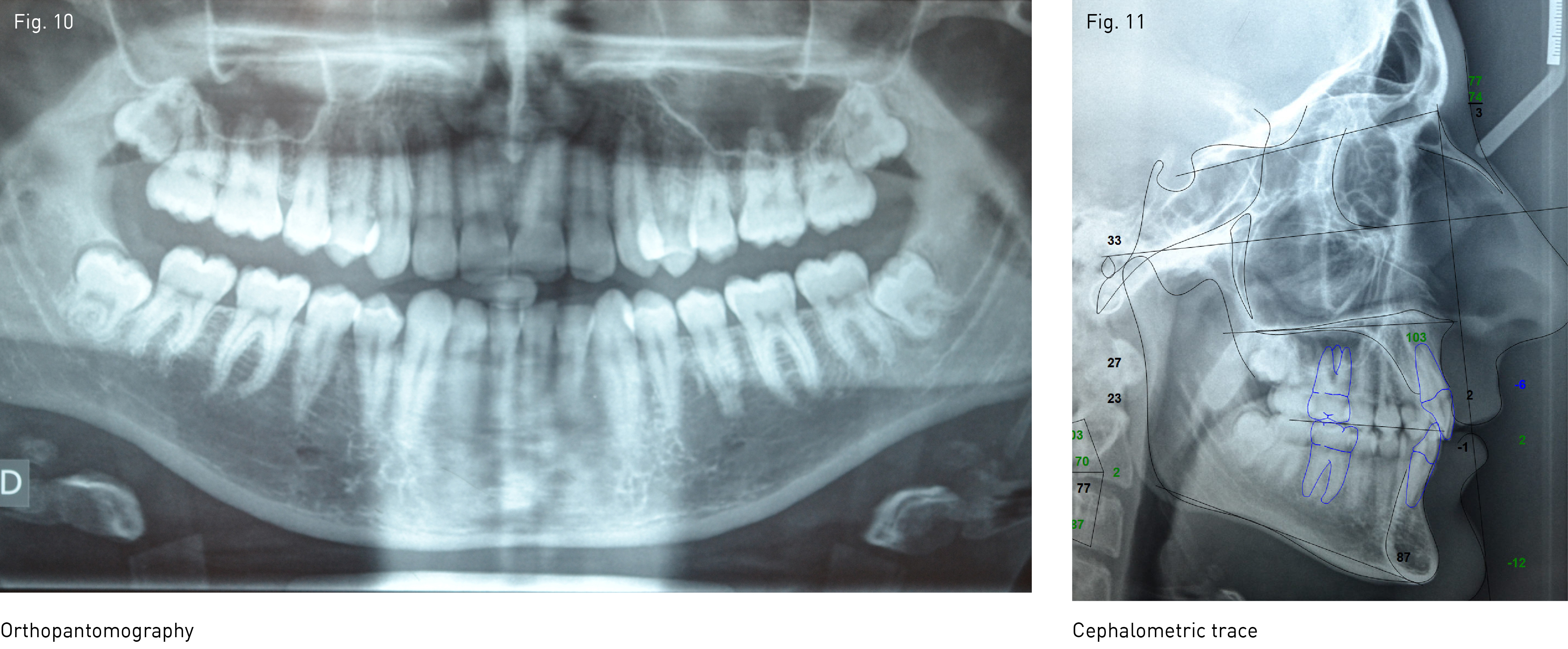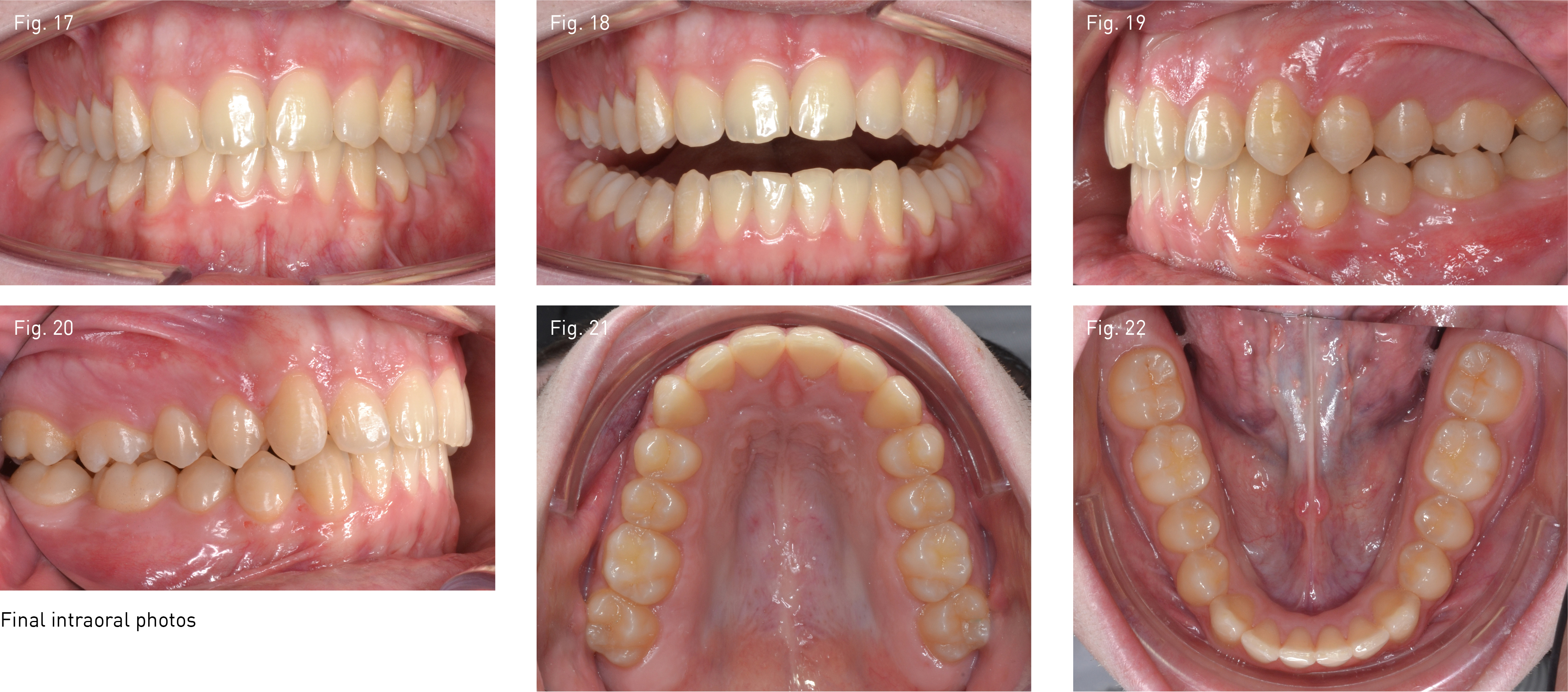Introduction
Orthodontic treatments with transparent aligners are increasingly requested by patients, both adults and adolescents, for their aesthetics and ease of management.
At the beginning of their diffusion, the aligners were dedicated to very simple cases. Today, increasingly complex cases are being treated with this method1, but this can only happen thanks to the help of auxiliaries such as bands, buttons, chains, sectionals or skeletal anchors2, and this can discourage the less experienced doctor.
The F22 Aligners (Sweden & Martina, Due Carrare, Italy) have shown a very high predictability in the movements of buccal-lingual inclination and rotation3, and for this reason they are the treatment of choice in cases of dentoalveolar contraction and cruciate bites of dental origin. They allow to obtain an optimal result with very high precision and in a very short time compared to conventional stationary equipment.

